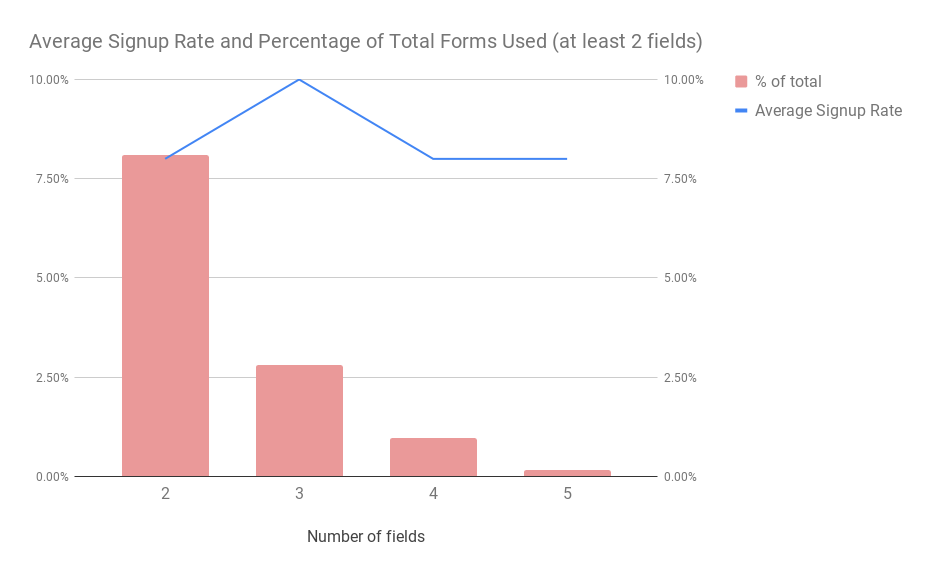Email signups are a mainstay of any business. It means that businesses can reach their customers on a 1-1 basis because they have their email address. Optimizing your signup form strategy will help grow your subscribership and business. A good signup form can also help boost the segmenting/marketability of that subscribership by gently encouraging self-identification, which then allows you to personalize your messaging and tactics. With further focuses on data privacy and security in the works, the signup form serves as the legal permission required by current and future privacy policies.
The email signup form stands as the second most crucial touchpoint for potential customers engaging with your brand. It’s very much worth taking the time to ensure that you’re following best practices when creating your signup experience. While the ultimate goal is the purchase or conversion interaction, the email signup form serves as the gateway to vital product information. Like any gateway, the ease of passage depends on the number of keys required.
Unlocking Success: The Key Fields
The keys, in this case, refer to the fields that potential customers must complete for sign-up. Striking the right balance here is a hot topic in the business world. Customer relationship teams aim for comprehensive data swiftly, while sales teams focus on quantity and speed. So, what’s the optimal approach? The answer lies in finding equilibrium within your signup form.
Customer Expectations and Form Optimization
Customers are no strangers to filling out forms, understanding that to reap the benefits of a company’s offerings, they need to share their contact information. However, an excessive demand for data can deter potential customers. Hence, it’s imperative to strike a balance that resonates with your audience. Achieving this equilibrium involves thorough testing of the information collection process.
The Power of Three: The Optimal Field Count
Research indicates that signup forms with three fields boast the highest conversion rates at an impressive 10%. This golden trio comprises the potential customer’s first name, last name, and email address. It’s a promising start, providing your sales team with essential contact details.

Leveraging the Welcome Journey
Yet, CRM teams often yearn for more comprehensive information. This is where your Welcome Journey steps in. By leveraging this journey, you establish a reciprocal relationship with potential customers. They receive valuable insights into your company and offerings, while you gather additional details like their birthday, product interests, and other pertinent information. With each interaction, your CRM team gains deeper insights, expediting the purchase process.
How We Can Help
Mastering the art of the email signup form is a vital component of a successful digital marketing strategy. To recap, you want to ensure you’re sticking to the following best practices.
- Striking the right balance between gathering essential information and respecting customer preferences is key.
- Remember, the magic number is three fields for optimal conversion rates.
- Moreover, by harnessing the potential of the Welcome Journey, you can foster a give-and-get relationship that benefits both your brand and potential customers alike.
Response Labs is the partner for developing a stronger relationship with your customers through CRM & loyalty marketing. A key part of our thought leadership is making sure that every customer touchpoint in our client’s user flow is optimized and following industry best practices, all the way down to the first sign-up form someone sees. Learn more about how we support our clients in setting up best-in-class CRM strategies.


